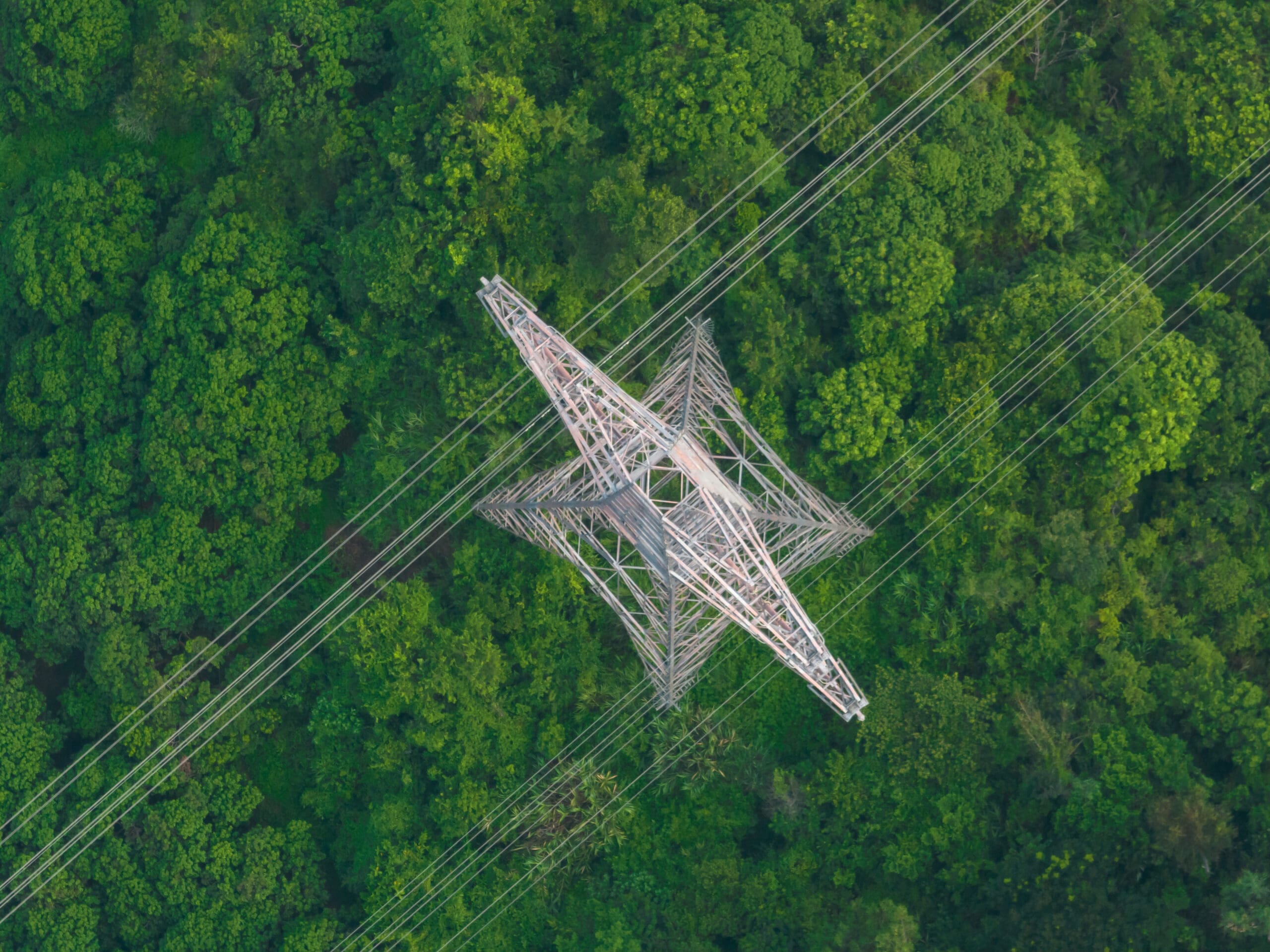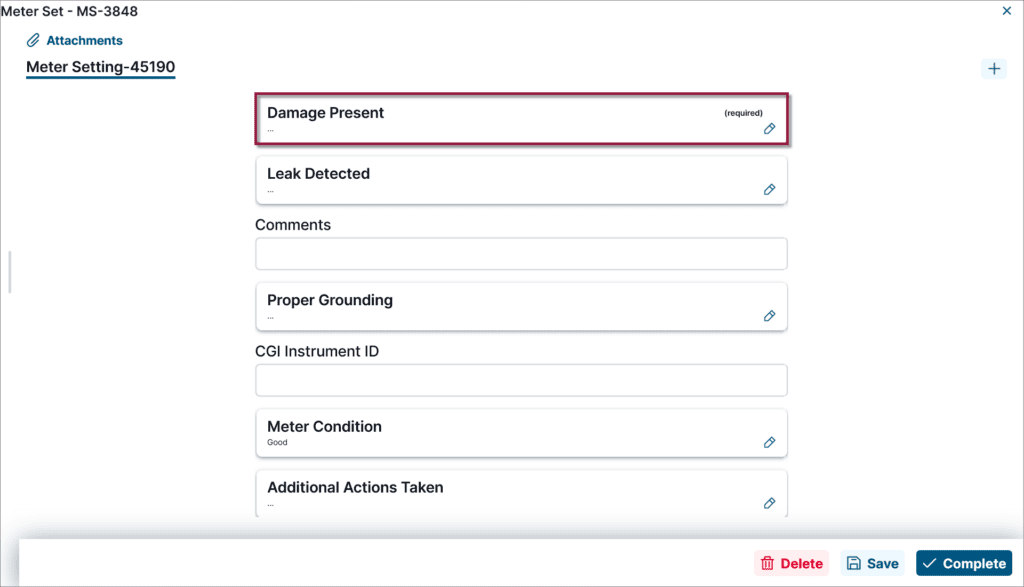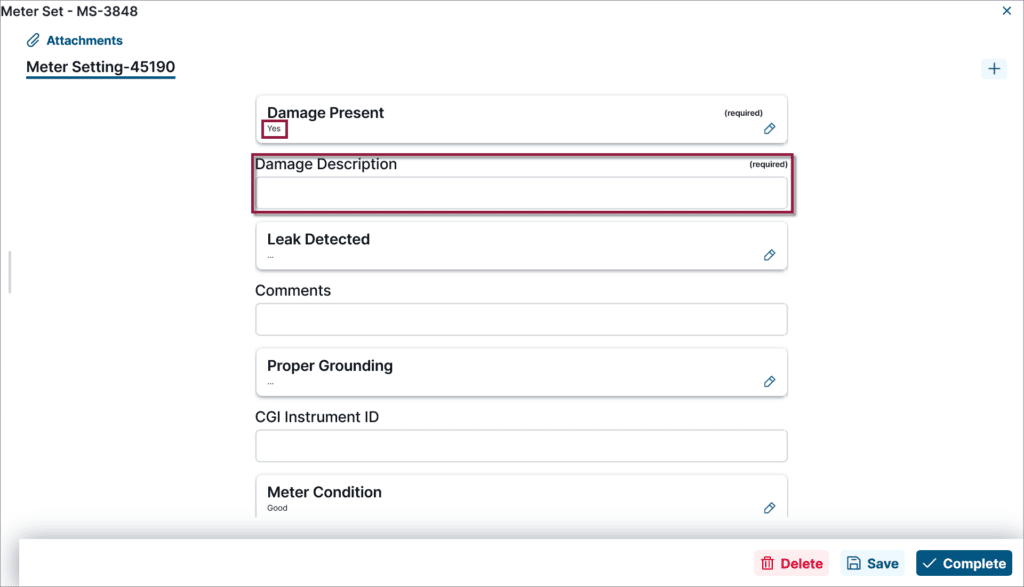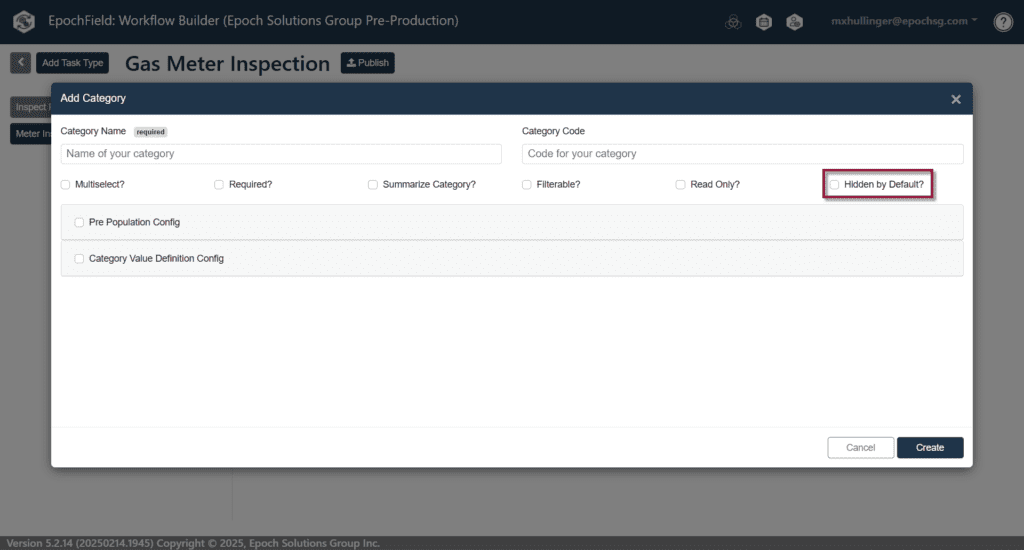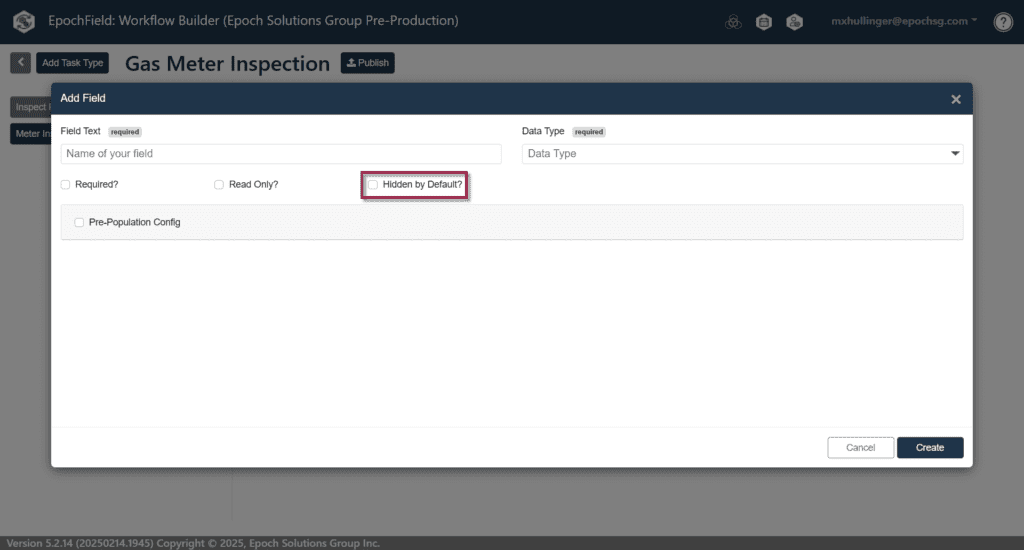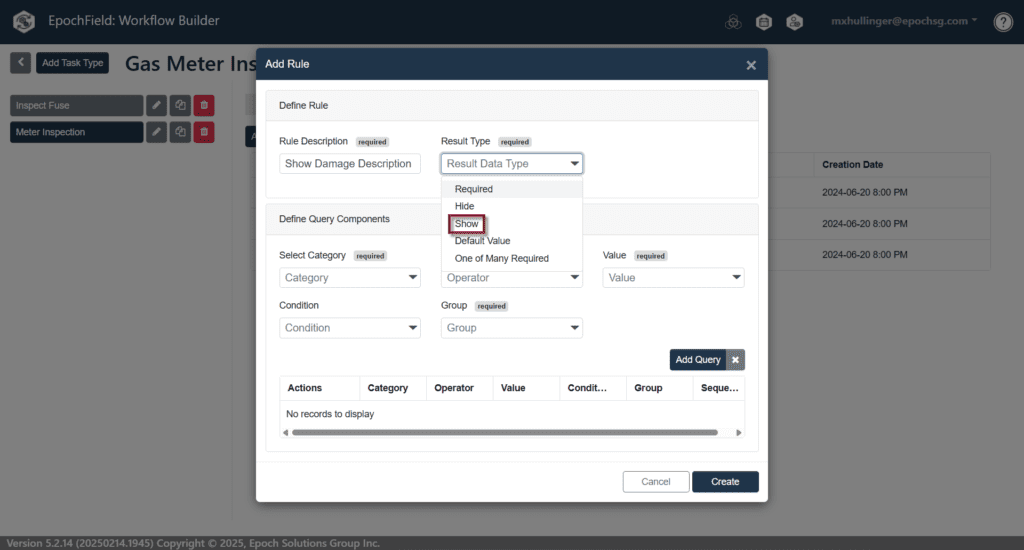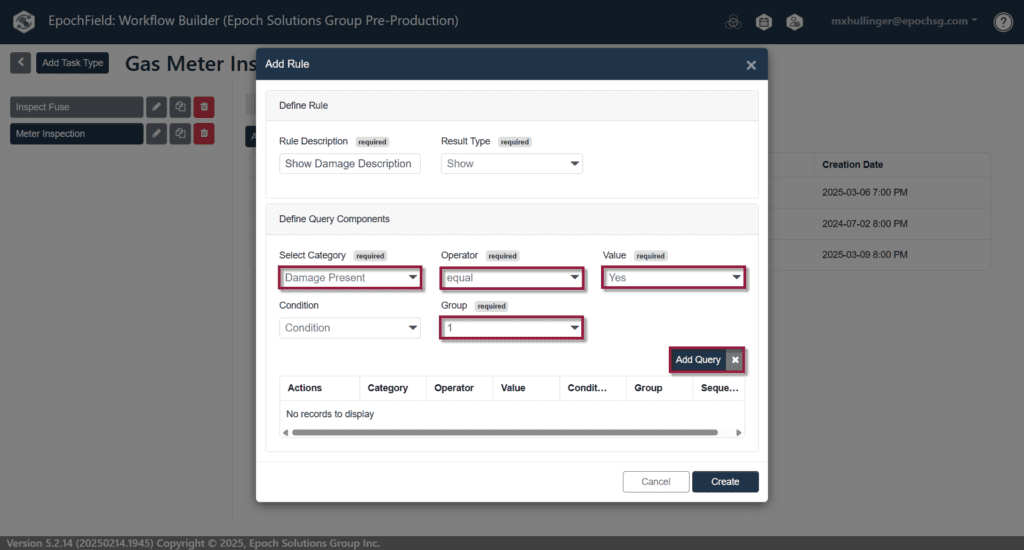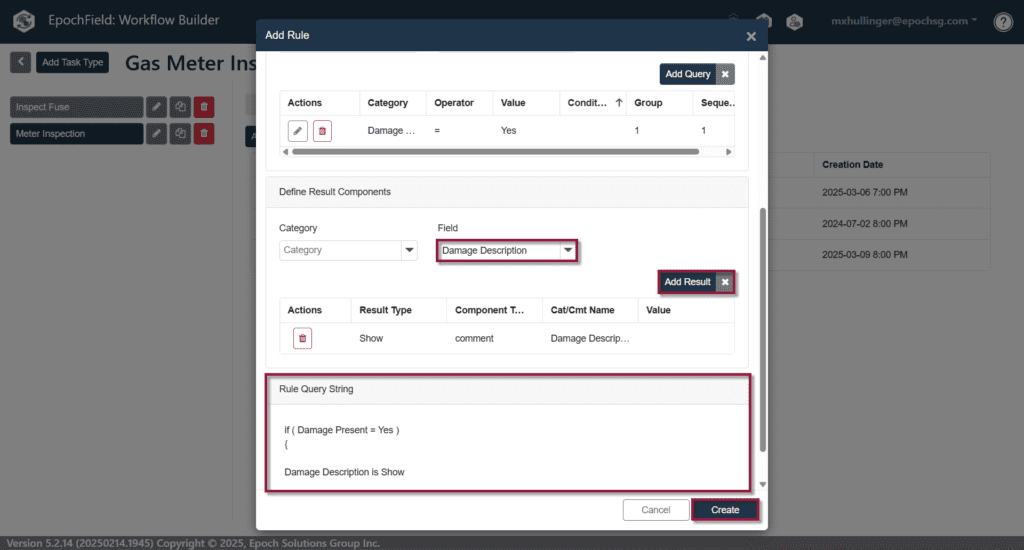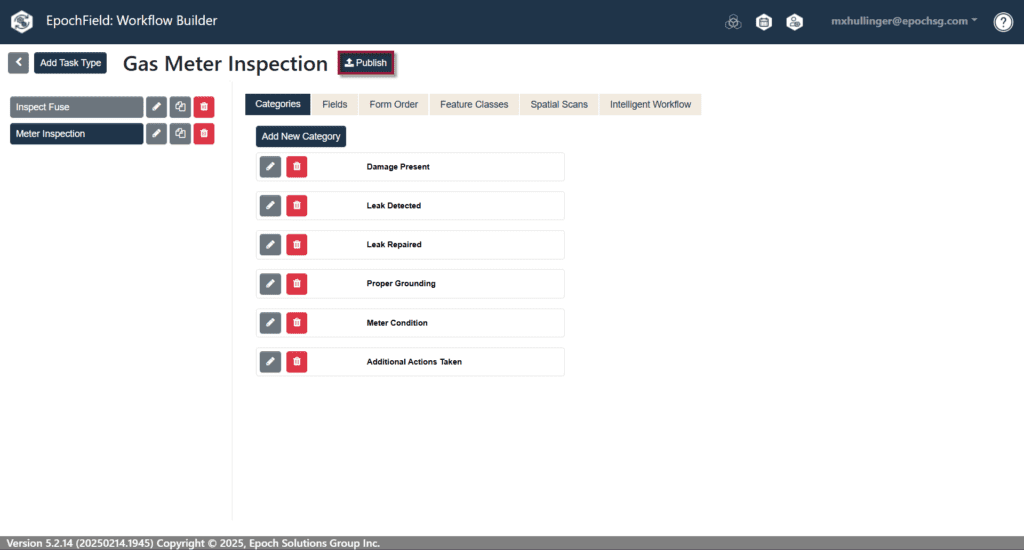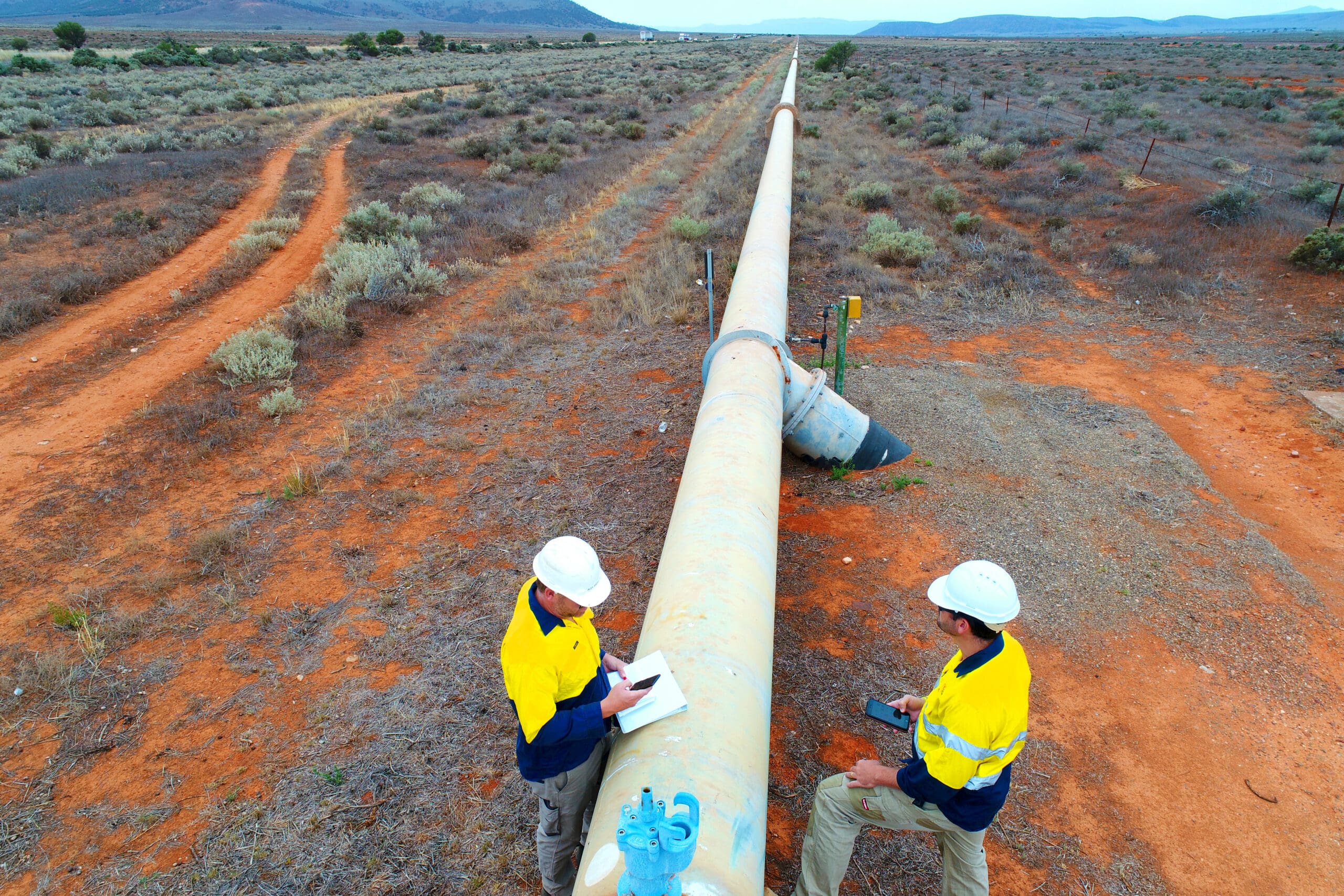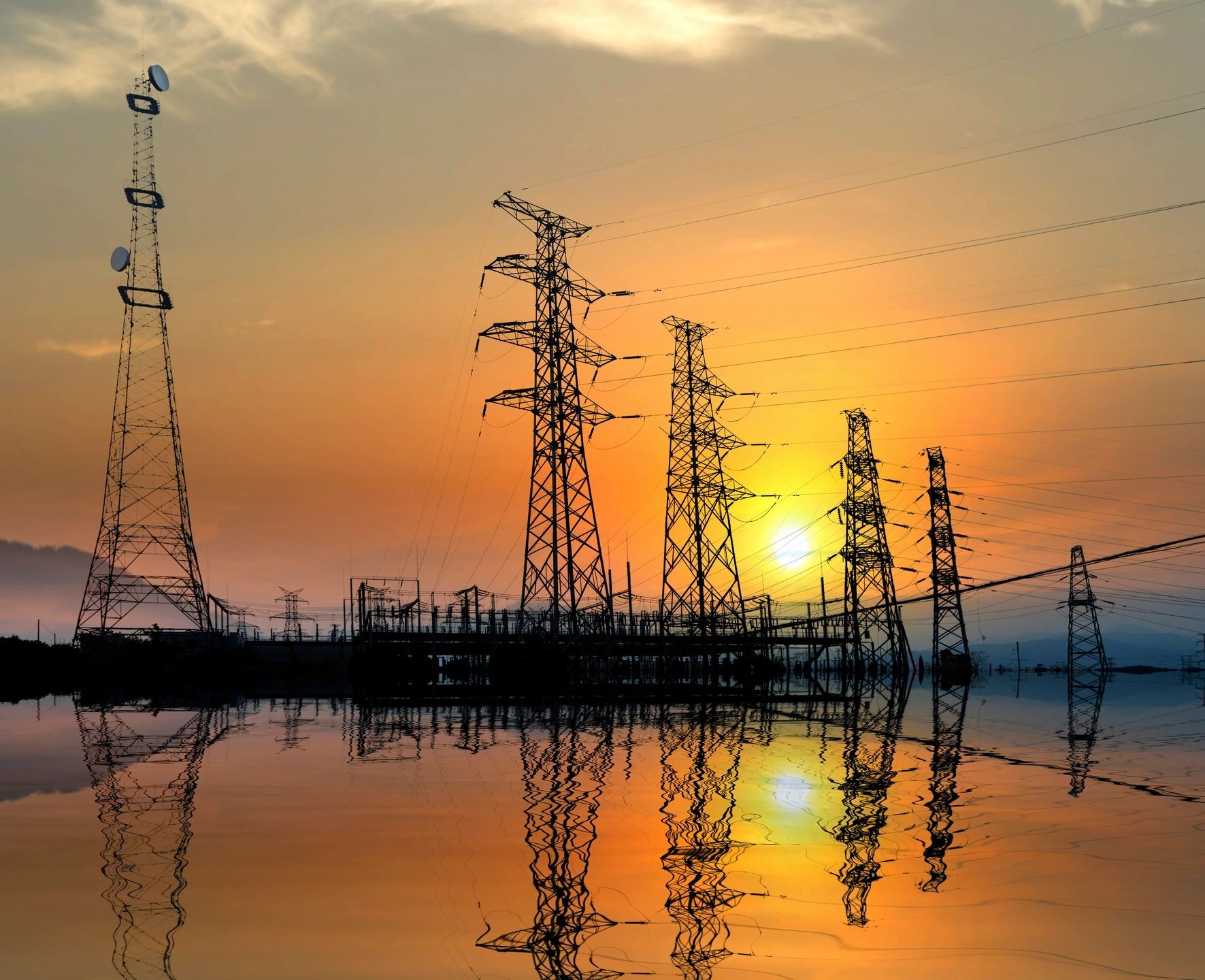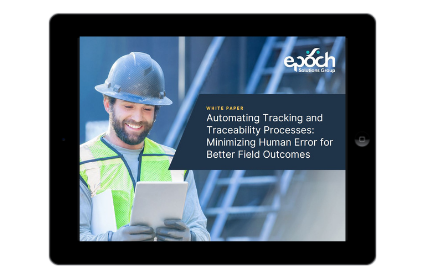Project Summary
Project Type:
Migration from GE Smallworld to the Esri Utility Network
Number of Customers:
380,000+
Applications:
To create a single platform for unifying GIS data across all gas utility assets, leveraging the many tangible benefits of the Esri Utility Network.
Solutions Implemented:
Epoch UN Blueprint
EpochSync Pro
Customer Benefits:
Achieved a centralized platform that unifies spatial data across all acquired assets
Completed the final portion of the Esri Utility Network implementation on a rapid timeline
Minimized operational downtime throughout the network deployment
Accomplished the data mapping and configuration work with significantly fewer resources, reducing the required hours by about 60%
Maintained high fidelity and quality in the network data
Introduction
Delta Utilities was formed in 2023 through the acquisition of several leading US gas utilities. While some of its acquired assets were already configured to leverage the power of the Esri Utility Network (UN), the utility had also acquired a gas network using the GE Smallworld geospatial information system (GIS) platform.
Faced with a fragmented GIS environment that proved time-consuming and cumbersome to manage, Delta Utilities was eager to migrate the Smallworld-based network to the Esri UN. The move would create a centralized ArcGIS Enterprise platform to unify spatial data across all the organization’s acquired assets. To accomplish this goal, the utility contracted with Epoch Solutions Group for the Epoch UN Blueprint service and concurrently implemented the EpochSync Pro data migration tool.
The Challenge: Complete the Deployment with Urgency and Fidelity
Delta Utilities sought to streamline network operations, simplify network management, and achieve more consistent data governance by standardizing on the Esri UN. However, migrating to this next-generation network is a significant undertaking. If it’s not handled properly, it has the potential to take a long time and disrupt operations. And like many organizations, Delta Utilities didn’t have the internal bandwidth or expertise to devote to this major project.
The utility also recognized the difficulty of getting GIS data into an ArcGIS format for use within the Esri UN, especially across large datasets. Migrating the data manually is time-consuming; yet, historically, there’s been no easy way to sync the data bidirectionally between a GIS database and a network that uses a very different data model.
Delta Utilities sought an experienced partner to accomplish the Esri UN migration and GIS data syncing effectively and rapidly. And the organization found the right partner close to home.
The team at Entergy (one of Delta Utilities’ acquired companies) had developed a strong relationship with Epoch Solutions Group after implementing EpochSync Pro to synchronize its Smallworld data with the Esri network. Impressed with the data migration tool’s performance and reliability, Entergy highly recommended this industry-leading solution.
Delta Utilities was further sold on Epoch Solutions Group’s deep expertise in the Esri UN environment, staff of Esri UN-certified professionals, and unique Epoch UN Blueprint. This end-to-end service provides a fast, effective path to network deployment through a rigorous approach and industry-specific data models and best practices.
“We were confident that Epoch Solutions Group could accomplish the Esri Utility Network migration quickly, accurately, and efficiently,” said Mark Mitchell, Director of Operations Technology at Delta Utilities.
Epoch UN Blueprint: A Proven Path to UN Deployment Success
The Epoch UN Blueprint takes a methodical, phased approach that enables utilities to migrate to the Esri UN quickly and with high data quality. A proven methodology ensured the network implementation was technically sound and operationally sustainable long term—delivering a modern infrastructure that will support Delta Utilities far into the future.
Following the Epoch UN Blueprint, Epoch Solutions Group’s Esri-certified team took the utility through all the critical phases of an Esri UN deployment project:
- Assessment and Planning: Epoch Solutions Group assessed Delta Utilities’ Smallworld data and GIS architecture and created an iterative, five-phase migration plan.
- Data Preparation: The data readiness work included data modeling to compare the Smallworld schema with the Esri Utility and Pipeline Data Model (UPDM). The team also cleaned and normalized Smallworld data for use in the Esri UN and captured asset group or type definitions, fields, and domain extensions using Epoch Solutions Group’s proprietary data model tool.
- Configuration and Customization: Using Epoch Solutions Group’s unique UN toolset, the team configured the network to align with the utility’s operational practices and preserve its legacy data without sacrificing network trace or topology compliance. Leveraging the Esri UN’s flexibility, they customized domain networks, tiering structures, and asset group and type mapping, and created gas utility-specific schema extensions.
- Data Migration: The EpochSync Pro tool supported rapid, efficient data migrations across several mock implementation cycles and final production cutover, even as business rules evolved during the project.
- Testing and Validation: The team conducted quality assurance reviews at every stage, performed data cleanup as needed, and ran trace model compliance checks. Structured feedback loops provided the input to validate network performance, review network topology, and adjust business rules and business-driven schema.
- Utility Network Tool Deployment: Epoch Solutions Group embedded its proprietary UN tools into the utility’s workflow, such as the Junction Auto Generator and De-Stacker, to automate common problem areas and ensure consistent, schema-compliant outcomes during and after migration.
- Support and Collaboration: Throughout user acceptance testing and during production cutover, the experienced Epoch Solutions Group team provided highly responsive support and guidance.
EpochSync Pro: Getting the Right Data in the Right Format
The industry-leading EpochSync Pro tool facilitated a fast migration of Smallworld GIS data, allowing for rapid iterations and testing during each mock cycle. This powerful GIS data migration engine replaces what is typically a slow, labor-intensive process with a fast, seamless approach that scales to the largest utility enterprises.
Delta Utilities used EpochSync Pro to synchronize its GIS data accurately and bidirectionally between Smallworld and the Esri ArcGIS Enterprise Geodatabase, transforming the data for use within the Esri UN. With minimal training, internal teams can quickly and easily create the necessary mappings to extract the required data from Smallworld, eliminating the tedious work once required to sync data between different models.
Collaboration Makes for a Seamless Implementation
Epoch Solutions Group worked closely with Delta Utilities and its managed service team at Accenture throughout the multi-phase project. The teams continually collaborated to refine the process and build stakeholder alignment, ensuring implementation could be completed on an accelerated timeline.
This coordinated team participated in joint data modeling workshops and worked together to define schema extensions, asset group/type customizations, and operational field mappings, leveraging Delta Utilities’ legacy knowledge. Along the way, structured feedback loops provided the mechanism for Accenture to jointly review the network topology, approve schema changes, and validate network performance.
Working alongside Accenture was key to ensuring the managed services team could support the Esri UN long term. Epoch Solutions Group transferred vital knowledge and best practices around topology validation, rule configuration, and other technical subjects, positioning the utility’s managed services partner to take on stewardship of the UN.
The Results: A Unified Platform, Achieved in Record Time
Delta Utilities now has a fully functional Esri UN across all acquired assets, establishing the foundation to gain operational efficiencies and improve network scalability. Using a structured network deployment methodology and a powerful data migration tool, the utility completed the final piece of its Esri UN implementation rapidly, while achieving a validated Utility Network with zero errors at cutover.
“The project was completed under one of the most aggressive timelines attempted for a Smallworld-to-UN conversion,” said Caleb Hopkins, Director of Utility Network Services at Epoch Solutions Group. Delta Utilities agrees: “Epoch Solutions Group was able to accelerate our migration timeline while maintaining data quality, minimizing downtime, and reducing transition costs,” said Mark Mitchell, Director of Operations Technology.
By using EpochSync Pro to streamline data syncing, Delta Utilities reduced manual mapping and configuration effort by an estimated 60%—dramatically lowering resource requirements and speeding up deployment. With the initial synchronization complete, the tool only needs to perform periodic synchronizations on incremental data.
This unified GIS platform positions Delta Utilities for the future by supporting seamless integration of all the solutions critical to operational transformation—like mobile field service, workforce management, enterprise asset management, and supervisory control and data acquisition (SCADA). The move simplified network licensing and improved data governance through a network infrastructure that maintains data integrity and compliance at scale.
Even Delta Utilities’ field crews and GIS teams are seeing tangible benefits, with the ability to use the network’s powerful tracing and diagnostics capabilities from day one.
Conclusion
The EpochSync Pro tool eliminated a major roadblock that often hampers utility migrations to the Esri UN, enabling Delta Utilities to leverage all the powerful functionality of this ArcGIS environment. And the Epoch UN Blueprint got the utility’s newly acquired gas assets up and running on the Esri UN rapidly and efficiently.
Delta Utilities can now support over 380,000 customers through a modern, unified GIS platform that simplifies network operations and provides the scale to support continued expansion.







